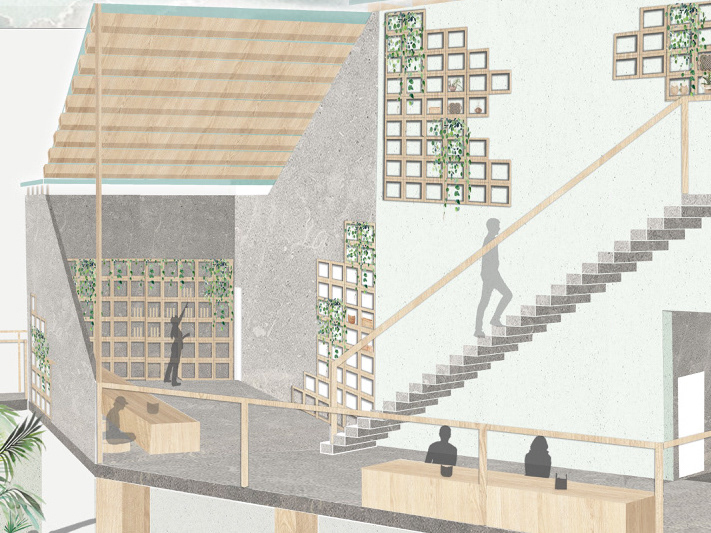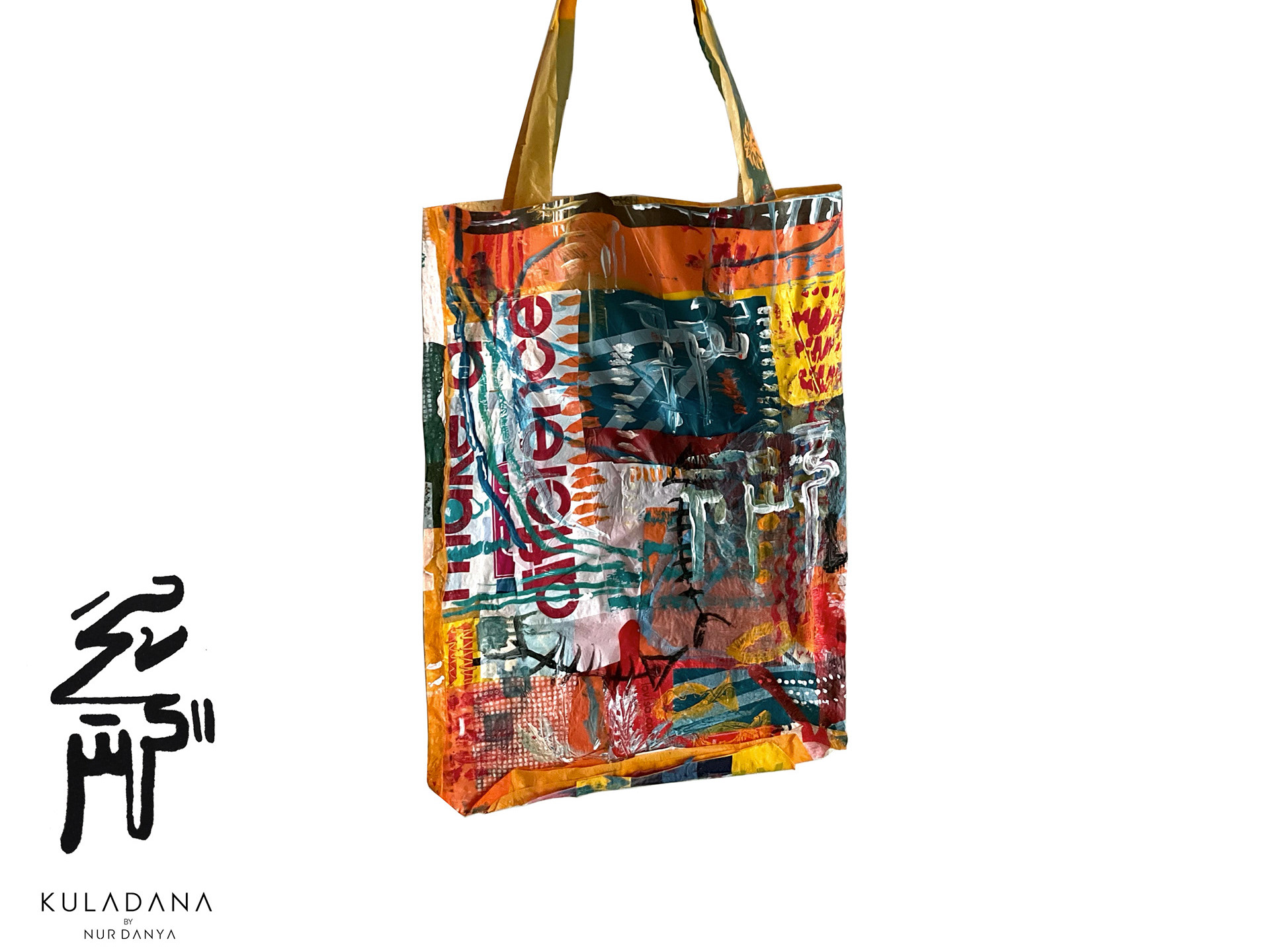Executive Summary
Named as a play on words and as a depiction of space for street art, Kula Dana was derived from the word Kulhadhaana which means “to be brave” in Dhivehi. It is a street art studio that empowers communities through art and serves as a platform for street artists and art enthusiasts that work towards changing the perceptions about the controversial art form.
Through educational workshops, street art tours and artistic collaborations, the studio strives to make people understand that street art is not about degradation and that street art, in its many forms can unite artists as well as non artists. Kula Dana questions what is considered art and inspires the unthinkable.
Project Goals
The studio aims to:
- establish a hub for street artists and art enthusiasts alike and let their voices be heard, through the exchange of ideas, views and trends related to street art.
- create awareness on how street art has evolved since the 1900s
- educate people about the different types of street art through organizing guided tours around the district and holding workshops on the rooftop that teaches participants
The studio intends to bring the outdoors, indoors through the use of negative and positive spaces.
It is achieved by introducing voids into the site as shown in diagram 1 which forms positive enclosed spaces and negative circulation routes as shown in diagram 2.
The introduction of voids shown in diagram three allows the interiors to be flooded with natural light, further blurring the boundary between the indoors and outdoors and enticing visitors to venture forward to explore the space.
As shown from the sectional drawings of the building, while some walls continue from the first floor to the rooftop, to spark collaboration between artists, some walls form enclosures for artists that prefer to work alone. In addition, visitors may also feel as if they are walking into a back alley in spaces such as workshop 1 on the first floor.
From the use of positive and negative space, where the positive spaces are the studio spaces and the negative spaces are the circulation routes around the studios, to the use of voids, light and dark spaces and the introduction of various surfaces such as floors, walls and stairs for street art, Kula Dana is designed to veer away from the usual stereotypical art studio.
Looking at the façade of the Kula Dana Street art studio, there are balconies on each floor with walls that continuously run throughout the building.
Viewed from the front, visitors can see the formation of three different walls covered in different styles of graffiti or street art, as a result of the collaborative efforts of the artists on each floors. While the second and third floor have singular walls for artists, the fourth and fifth floor have one singular wall that runs across the two floors, allowing artists on each floor to contribute to the same artwork.
Similarly, as the building is viewed from the back, visitors can see two different styles of street art being formed on the walls, as a result of teamwork between street artists and art enthusiasts.
Conclusion
With the advent of the Internet and reputable social media platforms such as Instagram, street art has been immortalized, allowing people to document and share pictures of street art online. This led to the mainstream acceptance of street art as many street artists became popular worldwide.
Kula Dana aims to honor how far street art has come since the 80s and celebrate its brash, energetic nature through the empowerment of artists and communities. It also strives to question what is considered art and inspires the unthinkable.










